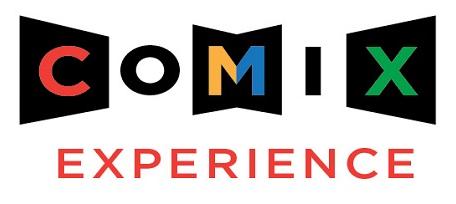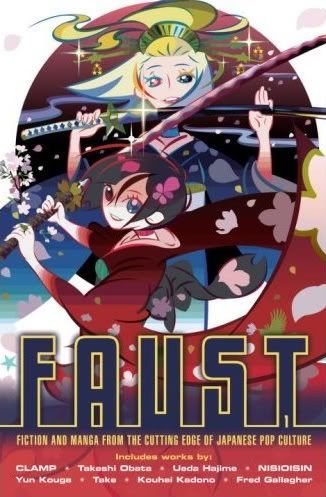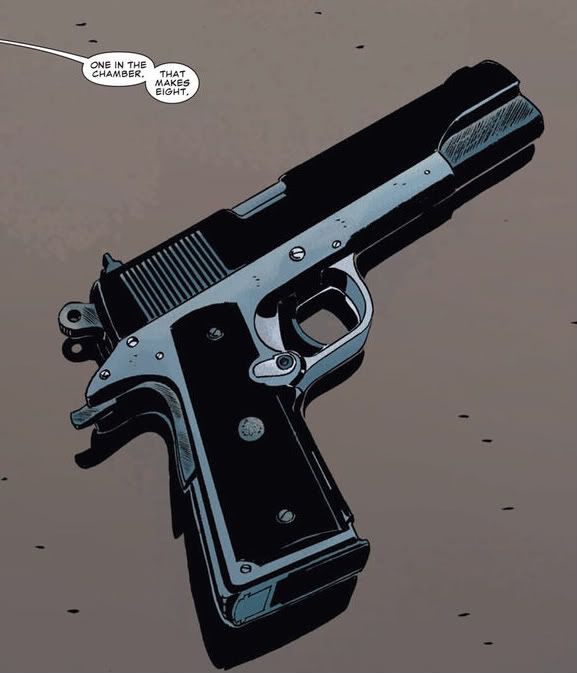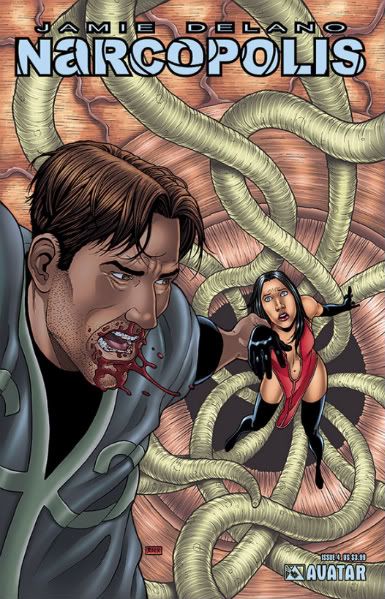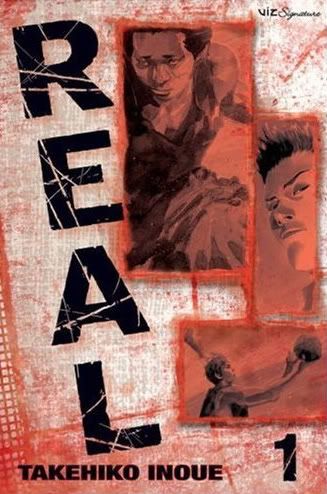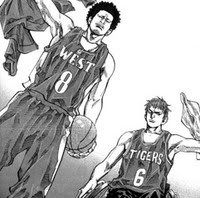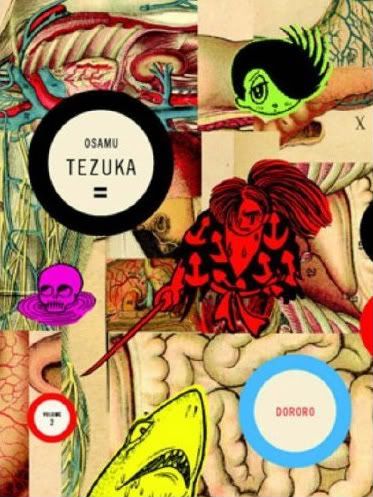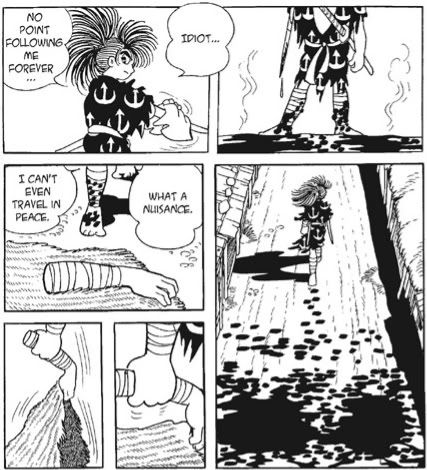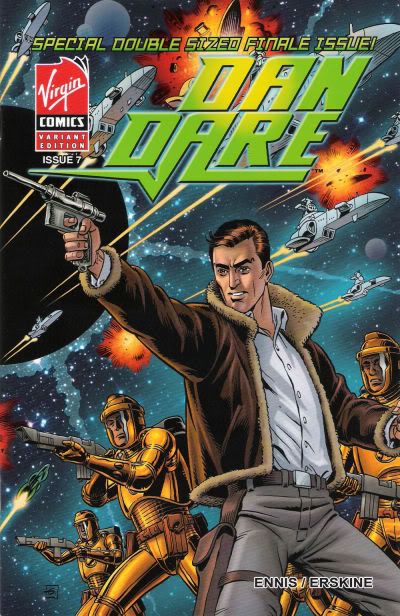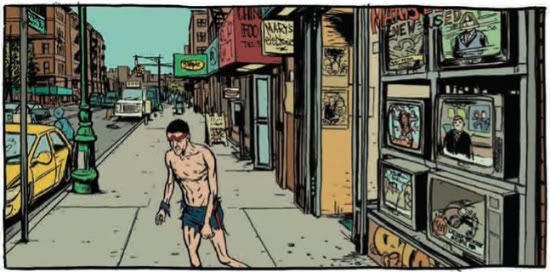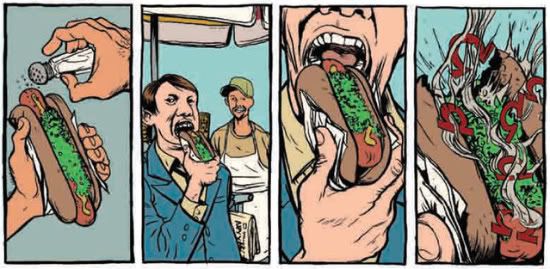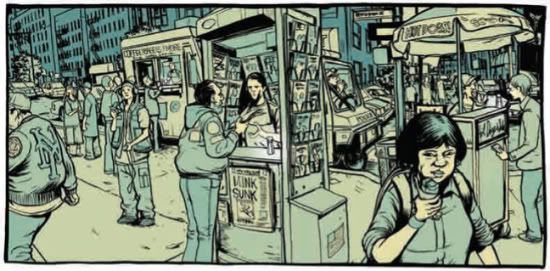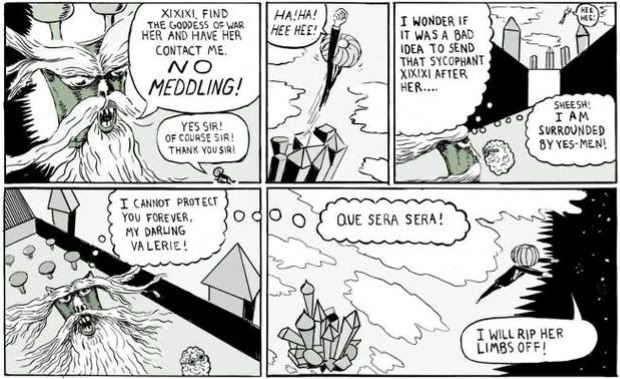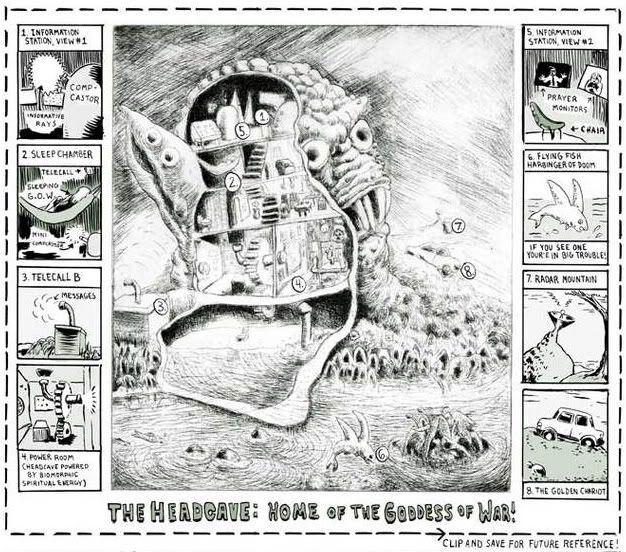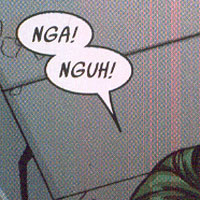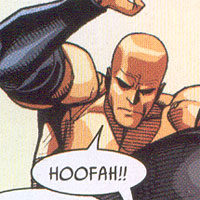 As part of my relentless pursuit to understand all things secret and invasive (e.g. your dad's hands), I attended a symposium dedicated to SECRET INVASION comic books, held at the 2008 San Diego Film Festival or "Comic-Con" as it's sometimes called.
Within a half hour of arriving in San Diego, I was standing outside of the Hard Rock Hotel watching four bouncers rub a drunk, overweight, middle-aged Hispanic woman's face into the pavement while she yelled "Yo, why you gotta twist my thumbs? Why you gotta be twistin' on my thumbs?" But unfortunately, the entire weekend could not be that entertaining or make me feel that hopeful about my fellow man.
As part of my relentless pursuit to understand all things secret and invasive (e.g. your dad's hands), I attended a symposium dedicated to SECRET INVASION comic books, held at the 2008 San Diego Film Festival or "Comic-Con" as it's sometimes called.
Within a half hour of arriving in San Diego, I was standing outside of the Hard Rock Hotel watching four bouncers rub a drunk, overweight, middle-aged Hispanic woman's face into the pavement while she yelled "Yo, why you gotta twist my thumbs? Why you gotta be twistin' on my thumbs?" But unfortunately, the entire weekend could not be that entertaining or make me feel that hopeful about my fellow man.
The way the panel works is about 20-30 gentlemen come into an auditorium, and sit behind a long table; each is introduced as having written or having watched someone write or having once had dinner with someone who wrote one of the SECRET INVASION tie-ins. Lead series writer Brian Michael Bendis, having won at comics, does not attend. The 20-30 gentlemen differ in various respects, though the majority of them seem to share an aversion for tanning parlors. Each is introduced in turn by a slideshow hosted by Panel Moderator and Marvel Editor-in-Chief, Joe Quesada.
Then, a pretty lady enters, and each man dons a Luchadore mask and gets in line to-- wait, no: then, the panel is immediately opened, without any delay, to a call for questions from the audience. The question-and-answer session begin, and a rather surprising fact quickly becomes apparent:
Despite the median age of these winners being about 27, apparently none of these people have ever read or even so much as encountered a Story before SECRET INVASION. In fact, they all seem confused if not maybe frightened by how stories work.
Here is my recollection of the question-and-answer session; these are all pretty nearly exact quotes, I think:
FAN #1: How does SECRET INVASION end?
JOE QUESADA: We can't say because the way a story works is that it has a beginning, a middle and an ending, and we usually try to tell you those things in a particular order. I can’t tell you the ending because we’re not done with the middle yet. Next question, please.
FAN #2: Joe-- at the end of SECRET INVASION, what will have happened to the characters?
JOE QUESADA: Aah, I see your confusion-- yes, sometimes people tell stories orally. In fact, this was the very origins of storytelling, and I'm sure anthropologists would assert that this tradition reaches as far back as to the Cradle of Civilization itself, that at the very Dawn of Man, somewhere in between the Tigris and Euphrates rivers, that early, primitive man frequently indulged in oral storytelling. However, SECRET INVASION is exclusively being told through comics and is not being told orally. So I can't tell you what happens because words come out of my mouth, and not comic books.
FAN #2: I have a follow-up question. Will the heroes have defeated the villains by the end of SECRET INVASION, or will the villains have defeated the heroes?
JOE QUESADA: Aah, yes, that raises an interesting point. You "purchase" the comic books we sell using money that is contained in your wallet or pocket or grandma's purse. By "purchasing" our comic books, you get to find out the substance of the events that are depicted in the comic books you've "purchased". We are trying to make money by selling you the comic books. So if we tell you what happens in comic books that have not come out yet, we will not make any money. And that would be bad for us, financially. Next question.
FAN #3: First of all, I'd just like to say how you're all great, and this is great, and congratulations on being great. And I just think it's great that such greatness could be so great. It'd be great to rub your great bodies with a cheese greater [sic] and eat the great skin that I rip off. I think it's great that I said "[sic]" out loud.
JOE QUESADA: Thank you, sir. Do you have a question?
FAN #3: It's... there's... I want to know things.
JOE QUESADA: I think I see the problem. A question is a statement designed to invite a response from another person, with the expectation that the response will relate in some way to the original statement. Next question.
FAN #4: Heeeeey, how youse all doin’ today? I'm a huge fan of the Mighty Thor. Will he appear in SECRET INVASION?
JOE QUESADA: Yes, we are selling a comic called MIGHTY THOR'S SECRET INVASION FUNNIES which you should all buy. Thank you for that excellent question.
FAN #4: I have a follow-up question. What will the Mighty Thor be doing in the SECRET INVASION?
JOE QUESADA: Oh, I went a little fast there; my bad: if you read MIGHTY THOR'S SECRET INVASION FUNNIES, you will find out what the Mighty Thor will be doing in the SECRET INVASION.
[Disconcertingly Enthusiastic Applause]
FAN #4: I have a follow-up question. Will the Mighty Thor use his hammer at some point during the SECRET INVASION?
JOE QUESADA: I'm not sure if I'm allowed to answer that, but I will say this: maybe. Next question.
FAN #5: I don't want to know what happens at the end of SECRET INVASION. I don't want you guys to ruin it because I love the endings of your comics. But what will the middle of the story be like? What will happen in the exact middle? Also: will I like it?
JOE QUESADA: Good question. We haven't discussed middles yet. Now, the middle is the part between the beginning and ...
***********************
The overwhelming majority of fans didn't want to ask about SECRET INVASION-- they were there to "debate" the fact Spiderman wished his wife to the cornfield. Remember that? Apparently, dudes out there still care! Like: a lot!
The point of these debates as far as I could tell...?
On the one hand, fans want to provoke Joe Quesada into admitting that he made a horrible mistake of which he's deeply ashamed of, and then to cry and beg for their forgiveness, and then, for him to cry into the microphone "Spiderman is why my wife makes me pee sitting down" and then for him to hang himself from the rafters, and then for adorable children to beat his dead body with a stick until candy comes out, and then for one of the children to eat a piece and scream, “Oh, that is not chocolate after all, senor!”
Joe Quesada, on the other hand, does not want to do any of these things. Editor-in-chiefs typically won't admit they screwed up the flagship characters with whom they've been entrusted-- it's their weird little way of avoiding being fired from their jobs. That's my guess, at least-- one not shared by most Marvel fans, apparently.
I'd estimate that the Spiderman "debates" took up about 50 minutes of the 60 minute SECRET INVASION panel.
The other 20-30 people? For the most part, not invited or asked to say anything. Just there for decoration. Man-decoration.
At some point, Brian Michael Bendis was called on a cellular telephone. Some fan tried to ask "Why is POWERS being released on a quarterly basis during such an important storyline? The quarterly release schedule has destroyed the book's momentum-- when will that book resume a more timely schedule?" Unfortunately, in greasy dipshit language, that sounds like "YO, AY YO, WHY YOU SELL OUT POWERS, MAN? AAAY." Which just got a hearty "Fuck You" in response. Newsarama changed "Fuck You" in its panel report to ... "Boo You".
Boo-You.
*******************
So: sometimes, in observing Marvel comics from the lofty vantages of the internet, one wonders "Do they really think their fans are THIS stupid?" And the answer is: You bet, and they find out that they're right themselves, first-hand! I urge anyone complaining about Marvel comics on the internet: get thee to a nunnery, and watch one of these panels. The fact any Marvel comic features words that are polysyllabic-- Wow! They trust their audience that much!
So, the review of #5 after the jump.
AFTER READING ISSUE #5:
I don’t know about you, but my hope is this issue is a giant fake-out.
At least, that’s what I’d like to see happen: for the characters revealed to be Skrulls at the end to turn out not to be Skrulls after all. I think it’d be something if the Skrulls saw Reed Richards’s device coming, and figured out a way to use his brains / arrogance against him. I think that’d be a pretty funny twist, actually. I guess that’s what I’m rooting to happen after this issue anyways— for all of the Marvel Superheroes to be accidental murderers. I think it’d be super-funny to see fans react to that. Plus: it’d explain how the Mockingbird “Skrull” knew about the miscarriage (or was that explained in a stupid tie-in?)...
I think that’s plainly what they want fans guessing. It’s just hard to imagine Marvel would interfere with the White Queen from the ASSORTED X-MEN comics. I get the impression she’s a popular character for them. This entire enterprise would be a more entertaining series if it were easier to subtract those kinds of thoughts / considerations from the game, but...
Were you alive for CAPTAIN MARVEL? He was before my time, and that’s not material I revisited in my Marvel inquiries. That character’s most often linked to Jim Starlin, and I don’t rank Starlin personally, at least for the sort of thing I’m usually interested in. With Marvel, I’m most interested in Marvel’s geography, so the cosmic, outer-space stuff is usually completely lost on me. Anyways, I don’t really find that whole Captain Marvel stretch of the book terribly interesting. Plus, I think Leinil Yu’s space opera moments are the weakest he’s been on the series—for me, he definitely seems more “on” for the Savage Land sequences.
Speaking of Yu:
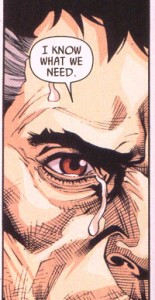 Maybe they shouldn’t let him draw tears anymore. Maybe it’s not right for kids to be looking at that.
Maybe they shouldn’t let him draw tears anymore. Maybe it’s not right for kids to be looking at that.
Most of the things they promised last issue haven’t happened this issue, but those promises were made with respect to the events transpiring in New York City. I’m perfectly happy not to be stuck in New York for another issue.
The “Skrulls Offer World Peace” spread isn’t terribly interesting to me. I suppose an argument could be made that the finale of CIVIL WAR showed the Marvel populace eager to embrace fascism, and this could be that earlier scene playing out to its logical conclusion. Still: "evil aliens who claim to mean well" is too ancient a bit of business for me to get excited over. Besides the fact it’s another thing BATTLESTAR GALACTICA did already, there was the V, TO SERVE MAN, etc. It's a little familiar.
Plus, the prospect of the Marvel Universe being controlled by Skrulls for the next year or so-- it just doesn't seem plausible. It'd be too distracting for too many books.
I quite like that Maria Hill scene though. That’s the issue for me, personally. I think I’m a pretty easy audience—- any big let’s-all-cheer moment, I’m usually pretty happy to cheer along. Plus, for me, that scene’s about Hill forced to embrace being a superhero in a way I’ve never seen from that character before. Granted, I don’t read all the spin-offs; I’ve hardly read all of her appearances, by any means. But I always got a “I’m the grouch who doesn’t like superheroes and superhero craziness” vibe off how she’s been written before. So, I like that the character wins in this issue by kind of becoming a sort of legacy character for Nick Fury. Not the boring kind of 1:1 replacement character; “here’s the new Flash, just a little different from the old Flash, but with the same exact name, powers, costume, and hometown” legacy character, but as a unique character who’s filling the spy-superhero role that Nick Fury used to fill while he moves on to fill some other role.
I don’t know if I’d call it intellectually satisfying, but "intellectual satisfaction" is what’s tripped me up with FINAL CRISIS. If I find anything distracting to that series, it’s not that I’m confused as to what’s happening, so much as disinterested by how familiar the themes seem. The character imprisoned in human form who’s forgotten his true place in a larger universe, especially. I imagine the Monitor character will eventually “awaken” in some way that’s both thematically significant and of some confusing importance plotwise—- but I won’t really care when it happens, so much as be ticking off a box in my head. Flattering myself for recognizing themes I’ve already seen a half-dozen times before isn’t doing it for me, this round.
While with SECRET INVASION, right this second, I want that “Oh, No!” moment of watching Hawkeye realize he shot his wife to death. Or— or something bad to happen to somebody. This is a series I don’t want to end well for the characters in it; things have gone way too smoothly for everyone so far, and for me, it's absolutely built a hope that they're hanging onto some kind of ace card for issue #8, and that #1 to 7 have been rope-a-dope. That could just be wishful thinking, and this could just be ... well... dope-a-dope. This could all just be one giant Boo-You.
![]() Kick-Ass #4 (of 8)
Kick-Ass #4 (of 8)
